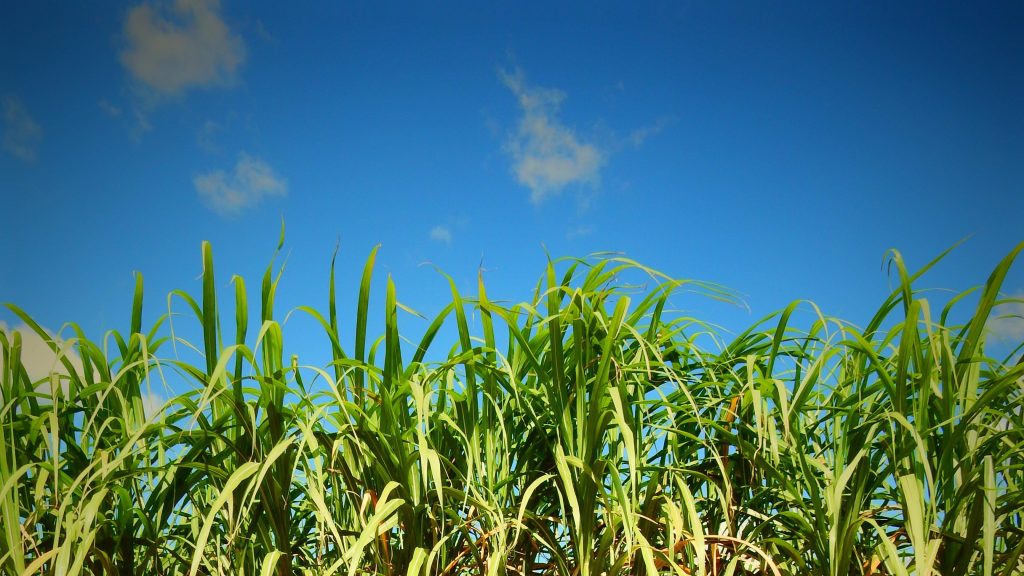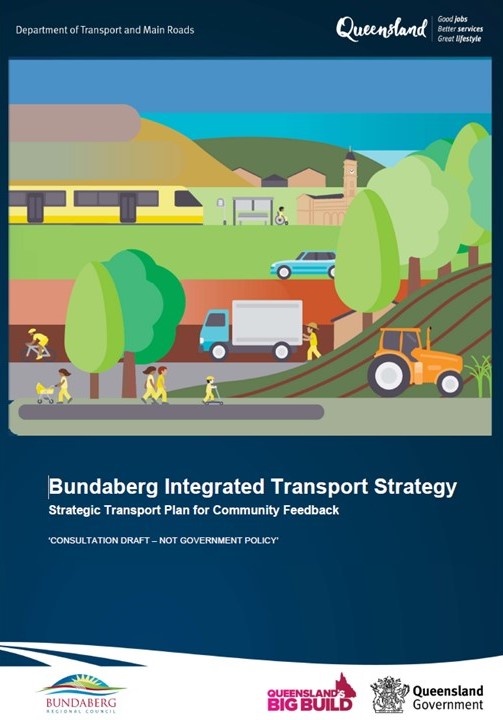Bundaberg to Establish Joint Council-Industry committee for Agricultural Future
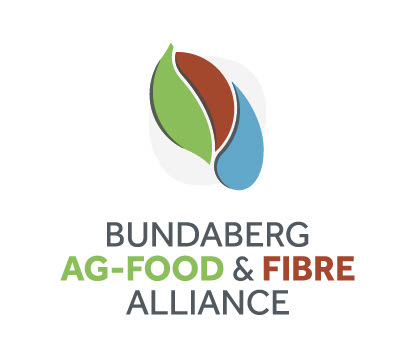
Bundaberg Ag Food & Fibre Alliance (BAFFA) was established in 2022, and members include Isis CANEGROWERS, the Australian Macadamia Society, Bundaberg Fruit & Vegetable Growers and Bundaberg CANEGROWERS organisations, plus individual cattle and horticultural producers.
The Bundaberg LGA is predominantly rural, in a region where land is used largely for intensive irrigated agriculture and horticulture – notably nuts, sugarcane, fruit, vegetables and some cattle. The region is one of the predominant fresh produce-rich regions in Queensland, often described as Australia’s tastiest food bowl – or the “Bundaberg Bowl”.
In February 2025, BAFFA hosted a successful Ag forum involving all sectors of the region’s agriculture industry and involving key decision-makers around the future proofing of Bundaberg region’s agricultural and primary industries.
This included a strong panel discussion around Right to Farm and Town Planning.
Bundaberg Regional Council participated in the forum as an active voice, with Mayor Helen Blackburn sitting on a discussion panel around Right to Farm, and as a result there was an agreement with BAFFA to work together with all local producer sectors to form a joint committee relating to a Memorandum of Understanding on issues including Right to Farm.
BRC, BAFFA, BFVG and others are currently establishing this Advisory Committee sitting within Bundaberg Regional Council, working together collaboratively and cooperatively.
The role of this Advisory Committee is to ensure that we:
- Future-proof the Bundaberg Local Government Area (LGA) agricultural and primary industries
- Address and resolve issues affecting Bundaberg LGA farmers, growers and producers
- Continue to build strong communication channels between BRC and the agricultural sector, supporting the voice of local farmers, growers and producers
- Work together to develop and implement policies, rules, practices and procedures for the mutual benefit of council and its region’s agricultural and primary industries
BAFFA is aligned with Bundaberg Regional Council in securing the future of our communities and we look forward to building opportunities for growth.

Participants of the Bundaberg Ag Food & Fibre Alliance forum held in February 2025 including (From left) Peter McLennan, Chris Cooper, Cameron Milliner, Helen Blackburn, Peter Ridd, Clare Hamilton-Bate, Kate Mirskaya and Stephen Bennett.
Scientific basis for excluding the Burnett/Mary catchments from ‘Reef Regulations’
Executive Summary
The Environmental Protection (Great Barrier Reef Protection Measures) and Other Legislation Amendment Act 2019, was designed to apply to Great Barrier Reef river catchments. However, the legislation does not stipulate a geographical, or scientific property of a catchment that defines it as being a “Reef river catchment.” Instead, Reef catchments are “prescribed by regulation”.
The government in 2019 prescribed the Burnett and Mary Catchments as Reef catchments without presenting any scientific reasoning despite the following objections.
· The Burnett and Mary rivers do not discharge into, or anywhere near, the Great Barrier Reef Marine Park.
· The closest coral reef (in the Capricorn-Bunker sector) is 75 km north of the Burnett mouth, and 120 km from the Mary mouth.
· The East Australia Current (EAC), runs predominately southwards, taking river discharge predominantly away from the Great Barrier Reef.
· The Capricorn Bunker Sector of the Great Barrier Reef, which is nearest to the Burnett/Mary mouths, is flushed by the huge quantities of water in the East Australia Current (EAC) – quantities that completely dwarf the Burnett/Mary flows.
· The water flow of the Burnett River for an entire year is equivalent to just two minutes flow of the EAC. And the EAC direction is largely taking river discharge southwards.
· Sediment: The nearest reefs to the Burnett/Mary are bathed, continuously, in sparkling blue waters of the Pacific Ocean. There is effectively zero sediment on these reefs indicating zero impact from rivers.
· Nutrients: The Capricorn eddy, which is often embedded in the EAC, upwells vast amounts of deep, nutrient-rich, water to the Capricorn Bunker Reefs. This eddy delivers up to ten times as much nutrients as the Burnett River, and very close to the reefs, rather than over 75 km distant for the Burnett. In addition, recycling of nutrients on the sea bed is around 100 times the discharge of the Burnett.
· Pesticides: Pesticides are in unmeasurably small concentrations on the entire main reef matrix of the GBR where 99% of the corals exist.
The worst facet of this issue is that no evidence has ever been advanced for why the Burnett/Mary catchments were defined as reef catchments in 2019. A useful step forward would be to invite the relevant science and management institutions to produce evidence for why the inclusion might be continued. This would provide a useful basis for a genuine scientific debate that would be valuable for the government to consider possible changes to the catchments prescribed, by regulation, as reef catchments.
The full report can be read here.
Submission: Bundaberg Integrated Transport Strategy
The Department of Transport and Main Roads and Bundaberg Regional Council are working together to identify future transport initiatives in the Bundaberg region and this submission was jointly presented by Bundaberg CANEGROWERS and Bundaberg Sugar on behalf of the Bundaberg Sugar Industry.
This submission focuses on:
- Enhancing the freight transport network vital for moving crops from farms to markets
- Addressing the impact of active transport networks between Bundaberg and Bargara on landowners
- Improving flood resilience
- Ensuring compliance with road rules for agricultural vehicles
The full submission can be read here.
Compliance with Reef Regulations
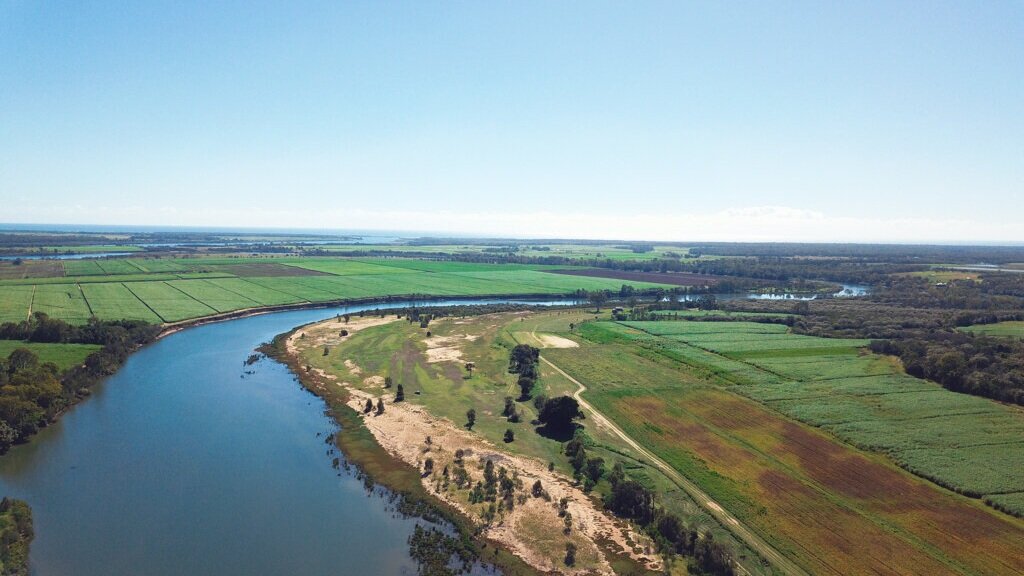
Growers are reminded that Compliance/Audit Checks from DES have recently occurred in the region.
The audits checked records from previous years as well as checking where growers had current Nitrogen and Phosphorus Budgets for their farm.
If any member receives notification about an upcoming audit please contact Matt Leighton for assistance in preparation for the audit, as well as being available on farm while the audit check takes place.
Fertiliser Bag Disposal

There is once again a way of disposing of the 1T bulk fertiliser bags. There is a scheme called the Big Bag Recovery program where only approved brands of bags can be dumped for free while the other brands have a $5 per bag disposal fee. Currently the only place where both types of fertiliser bags will be accepted is at the Qunaba Waste Disposal Site on Potters Road. Bags delivered at other sites are deemed general waste and a higher fee is charged.
The approved fertiliser bags include those from Incitec Pivot Limited, Nutrien Ag Solutions, Impact fertilisers, Tarra, GrowForce and Summit Fertilisers. The full list of approved bags can be found at www.bigbagrecovery.com.au/#brands.
Non approved brands such as Koch will incur the $5 per bag disposal fee.
To prepare for disposal the online disposal booking form needs to be completed with a date and time, preferably with 24 hours notice, the bags need to be stacked and folded with the fertiliser brand facing out, stack the bags onto the vehicle separating the approved and non approved bags. Once at the disposal site a declaration form needs to be completed with up to 300 bags accepted at one time.
If growers have more than 300 approved scheme bags they are able to organise for an on-farm collection by Gary Gillis of Beneficial Recycling who can be contacted by email gary.gillis@beneficialrecycling.com.au or phone on 0403 431 705.
Further information can be found on the Bundaberg Regional Council website www.bundaberg.qld.gov.au/waste-recycling/waste-recycling-programs/8.
SRA 6 Easy Steps® Online

Insurance
CANEGROWERS Insurance Scheme – owned by growers, working for growers, was commenced in 2012 to look after growers’ insurance needs. Wide Bay Authorised Representative Ray Goodwin has extensive experience in looking after the insurance needs of the rural sector and has assisted many growers to ensure that their insurance cover is tailored to their requirements.
Ray provides a personalised on-farm service to growers, primarily servicing CGU’s Canepol insurance policies. He also has access to a broad range of other insurance products and alternative underwriters so that appropriate insurance cover can be obtained for all aspects of a clients businesses at the best price.
To contact Ray to discuss your insurance needs call 4151 2555 or on mobile on 0418 891 783.
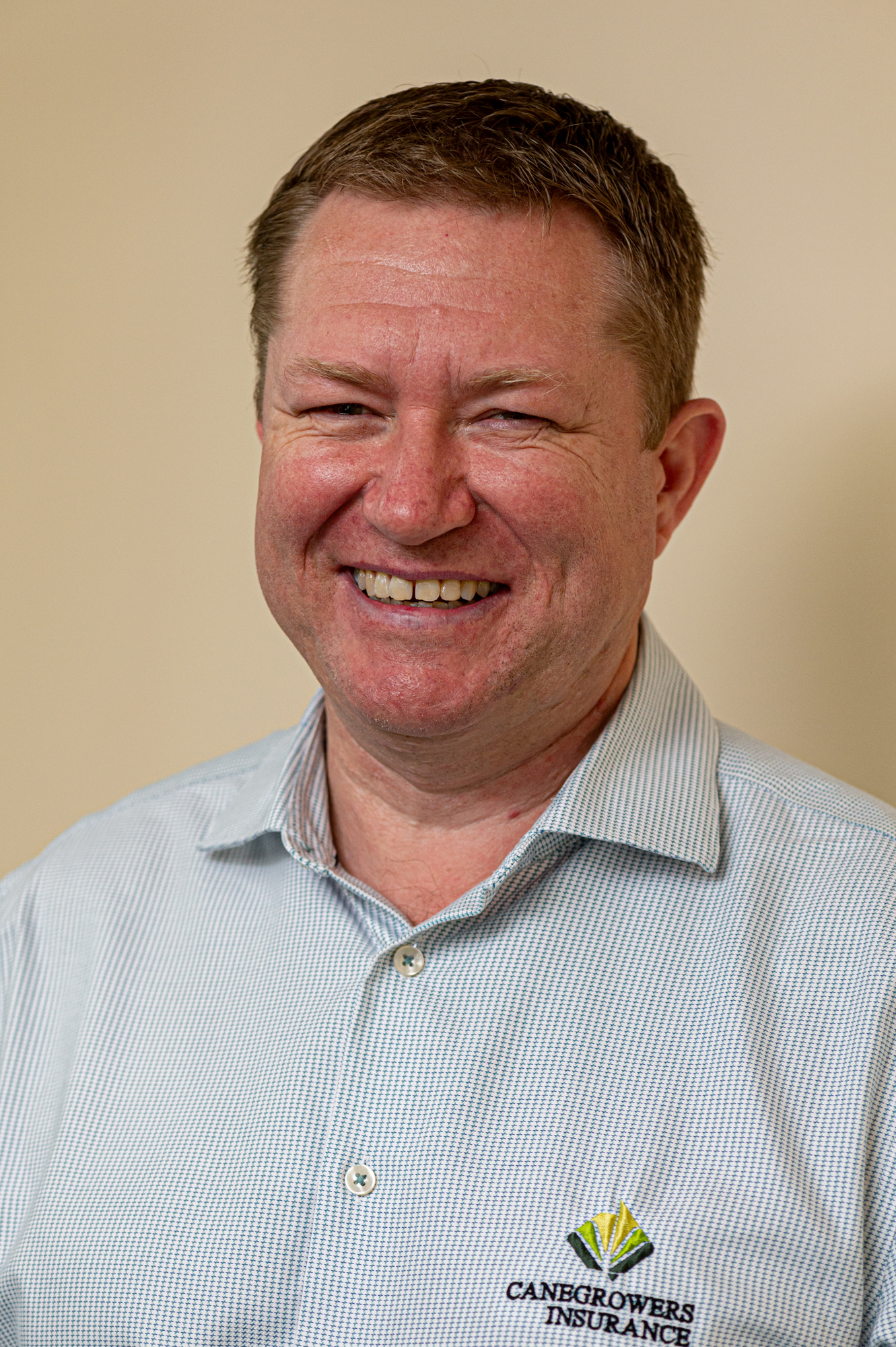
Our Mission is to provide representation, leadership and services and promote unity in the interest of growers.
Our Goals are to provide an effective and efficient service through a focus on growers’ key concerns within a changing environment. To maximise grower and industry proceeds by marketing current and future sugar production through a structure that is transparent and accountable to the industry. To ensure that industry growth is managed and market driven within a sustainable sugar industry. To ensure environmentally and financially sustainable production through managing and coordinating inputs and resources.
Our Vision is to ensure a secure and profitable future for Bundaberg cane growers.
